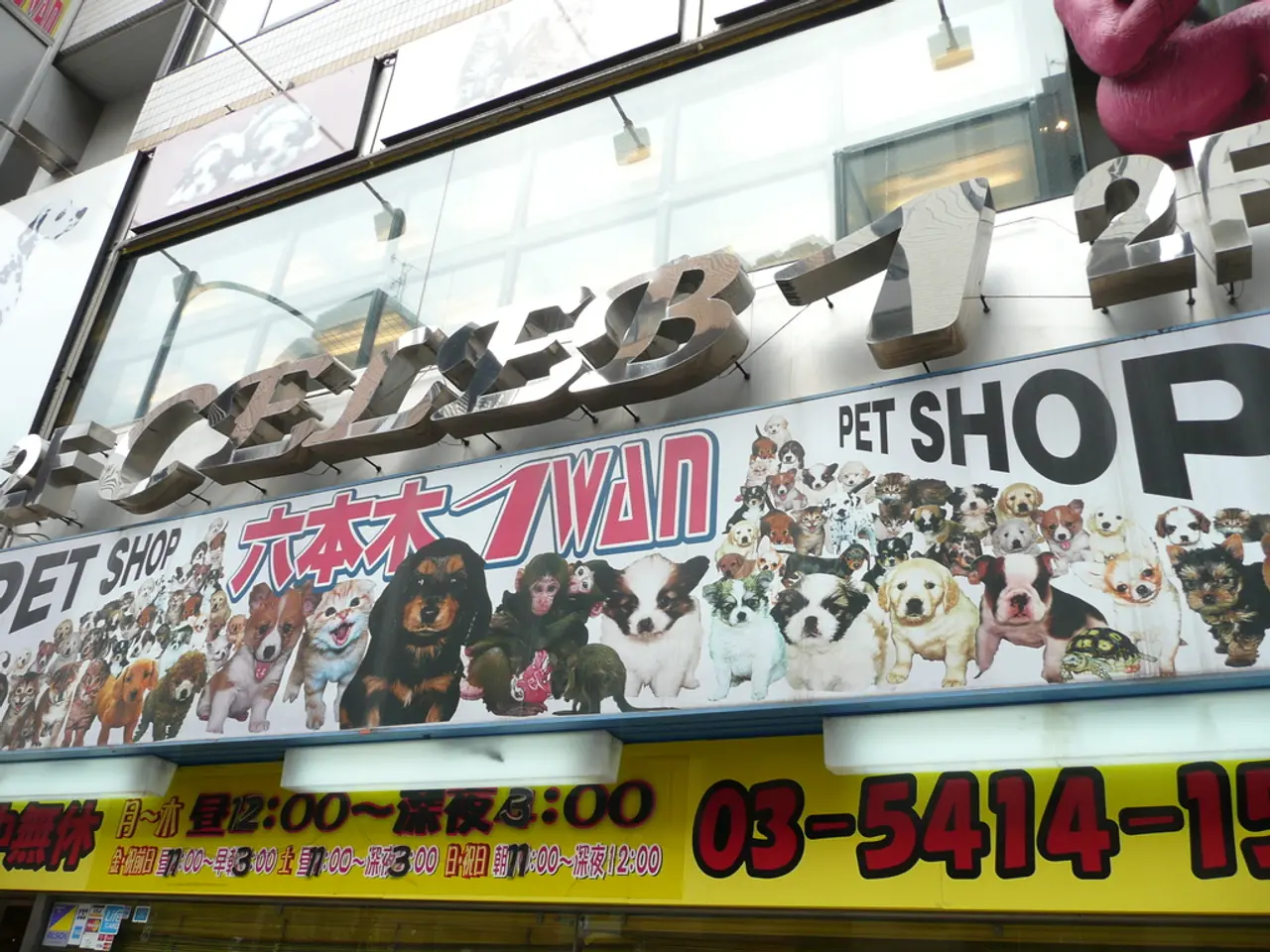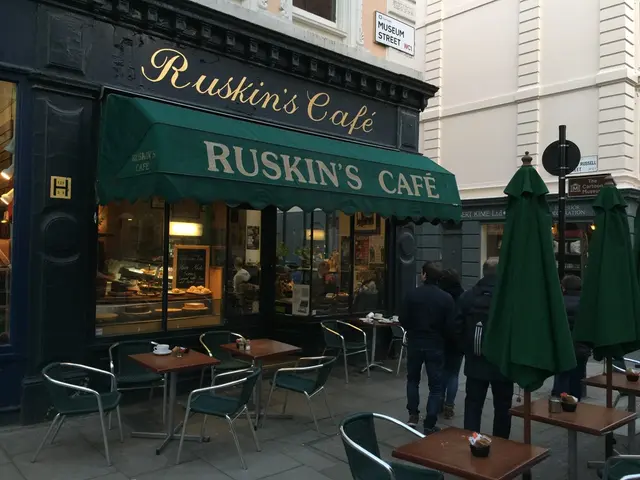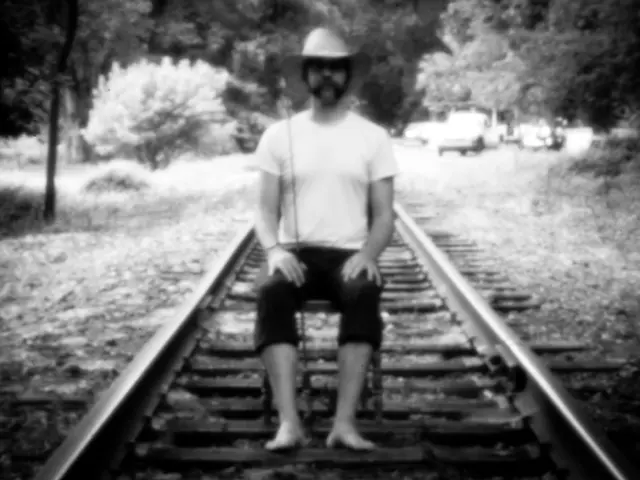Financial aspects and influence of artwork designed for public viewing
In a growing number of cities across the United States, public art is no longer just an aesthetic addition to urban landscapes, but a crucial component of community development and revitalisation. These cities have implemented "percent for art" programmes, which allocate a small percentage of construction or renovation budgets for public art installations.
One of the most renowned cities embracing this approach is Philadelphia, known as the "Mural Capital of the World." With over 4,000 murals throughout the city, these artworks not only add visual appeal but also contribute to the local economy.
Similar programmes can be found in cities like San Francisco, Seattle, and Houston. In Houston, opponents of proposed budget cuts argued that the public art budget, a small fraction of the overall budget, should not be a scapegoat for fiscal responsibility.
Austin, Texas, set aside 2% of eligible capital improvement project budgets in 1985 for commissioning artists or purchasing art for city-owned property and facilities. The city's Art in Public Places program, run through the city's Economic Development Department, has completed 376 projects and has many more in the planning and development phases.
In Ojai, California, four self-guided tours showcase the town's public art collection. Meanwhile, Oro Valley in Southern Arizona has allocated $50,000 to revive its popular guided public art tours.
Public art can bring a community together by giving people a sense of ownership, belonging, and representation in their neighbourhoods. It can also enhance public spaces, encourage dialogue and interaction, and support local artists. Studies have shown that public art can help improve a community's quality of life.
Moreover, an art installation in a previously overlooked area can make the area more frequented and valued. A mural on the side of a building isn't just to add visual appeal - it is also to add economic activity.
Many towns, large and small, have taken the time to put together self-guided tours showcasing their collections. These tours provide an opportunity for residents and visitors alike to explore the artworks and appreciate the unique character of each city.
In conclusion, the "percent for art" approach is among the largest common support measures for integrating art into public spaces. By investing in public art, cities not only enhance their aesthetic appeal but also foster community engagement, support local artists, and contribute to economic growth.
Read also:
- Understanding Hemorrhagic Gastroenteritis: Key Facts
- Stopping Osteoporosis Treatment: Timeline Considerations
- Expanded Community Health Involvement by CK Birla Hospitals, Jaipur, Maintained Through Consistent Outreach Programs Across Rajasthan
- Abdominal Fat Accumulation: Causes and Strategies for Reduction







